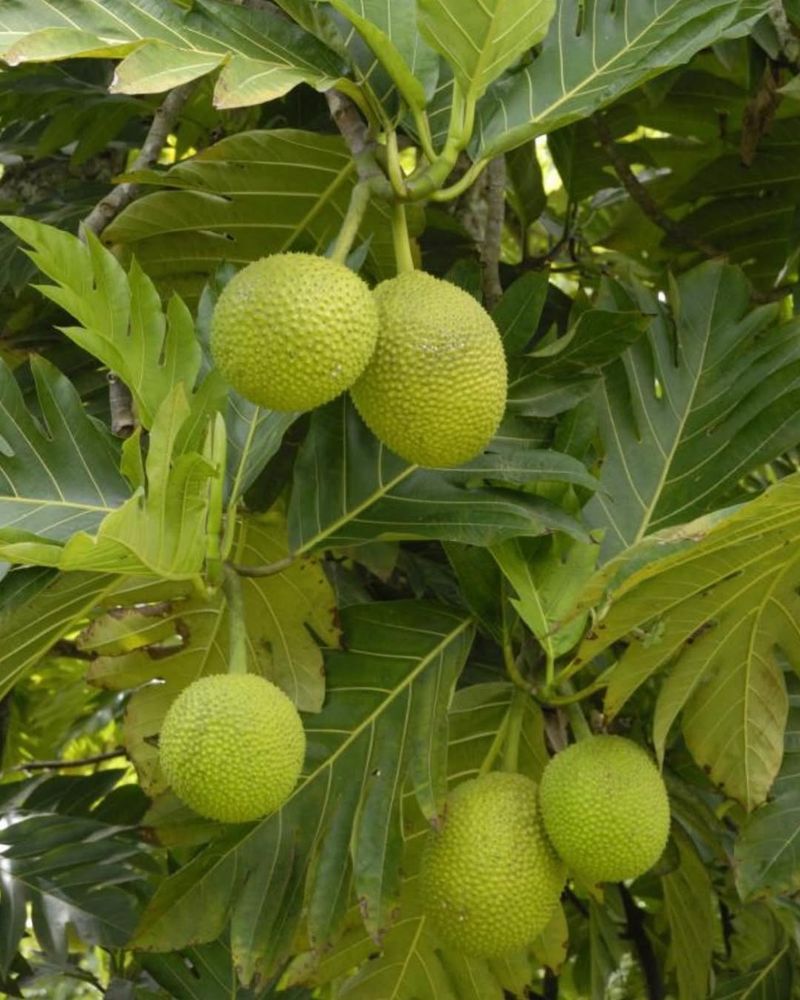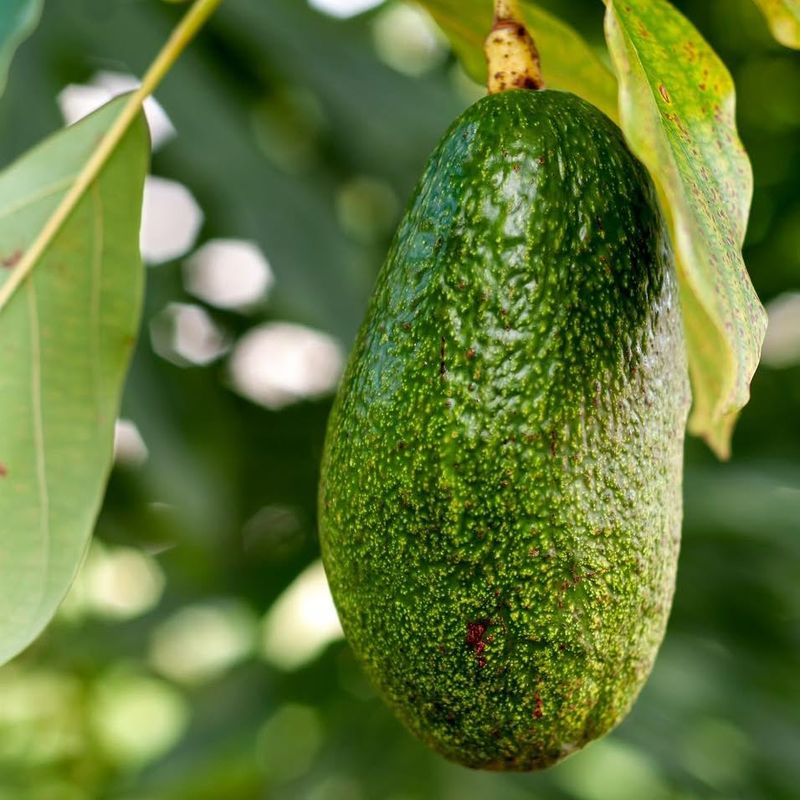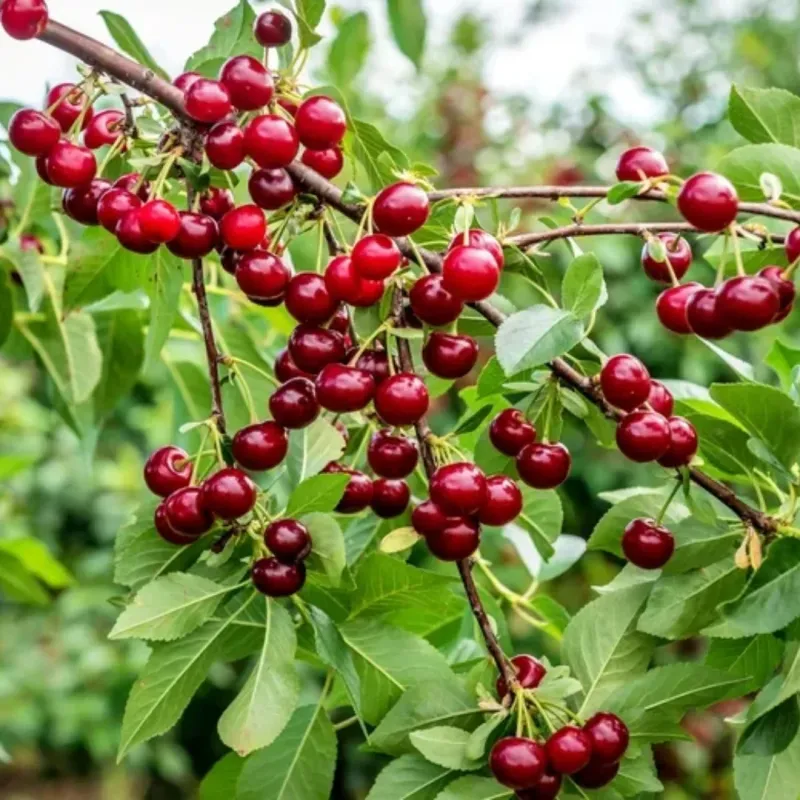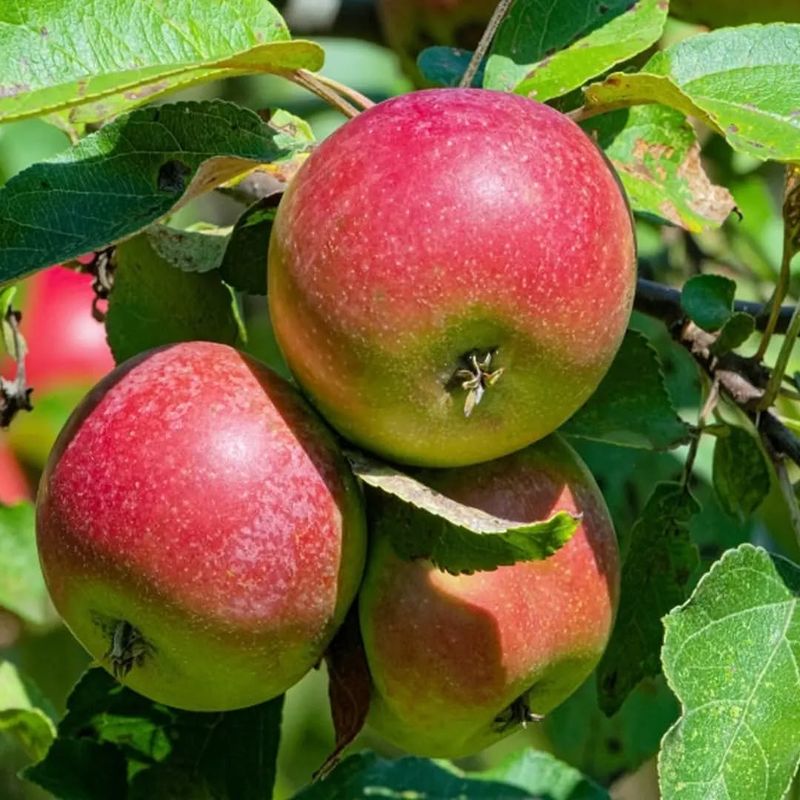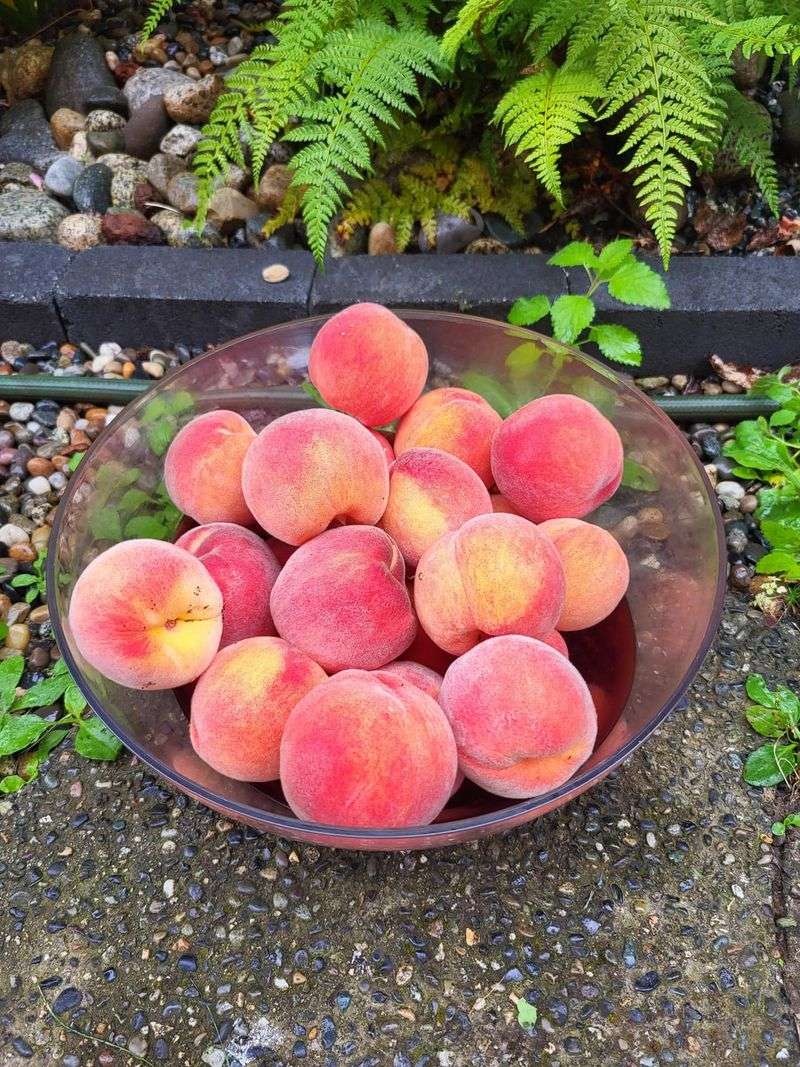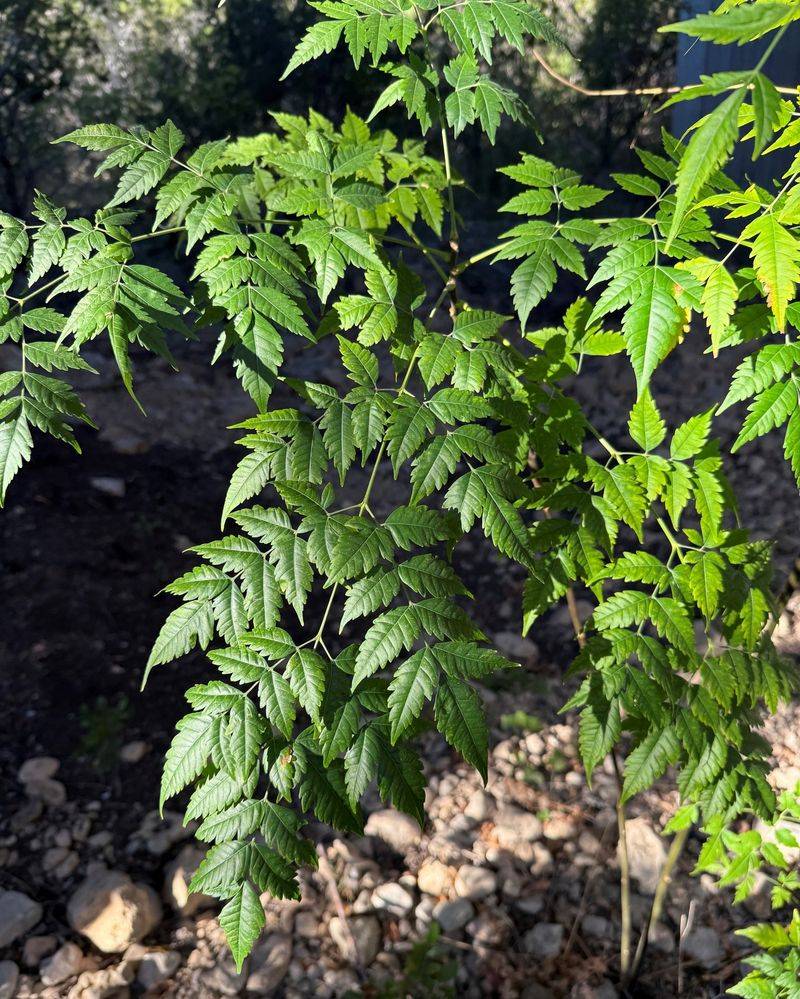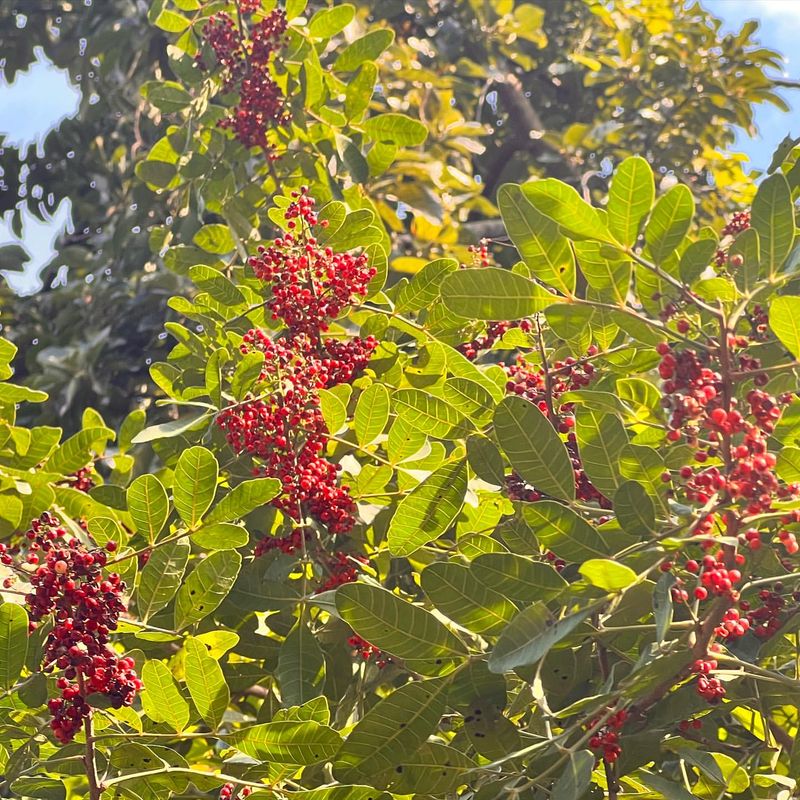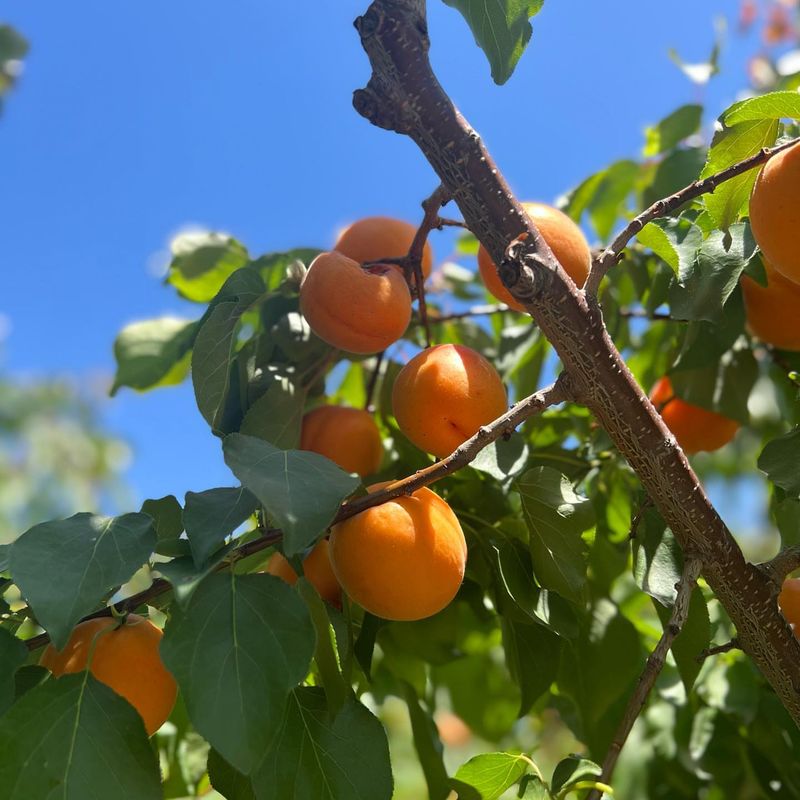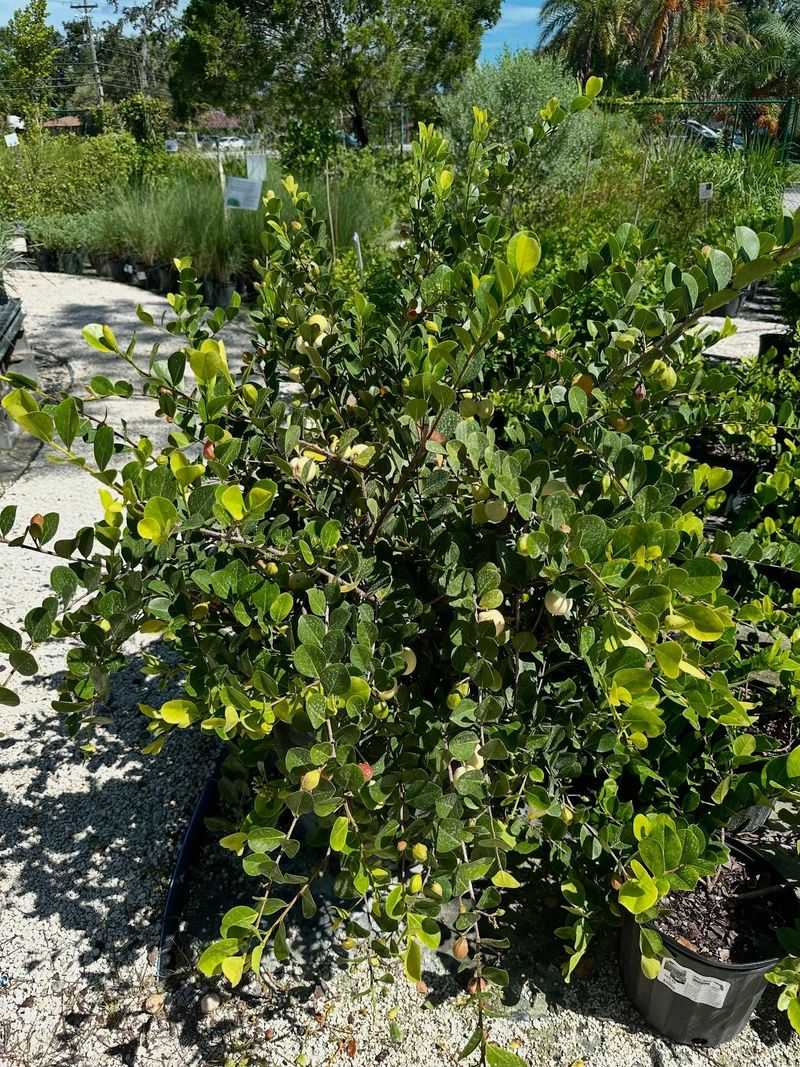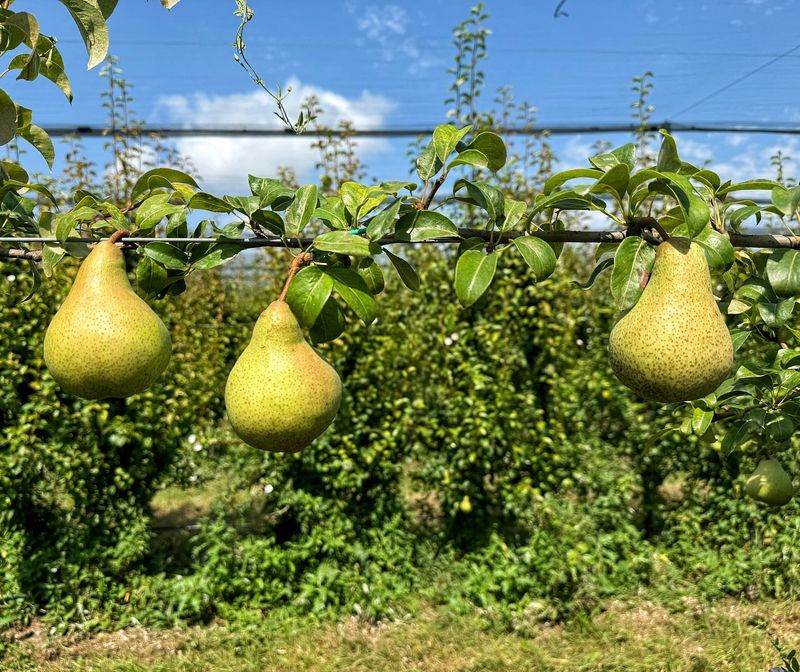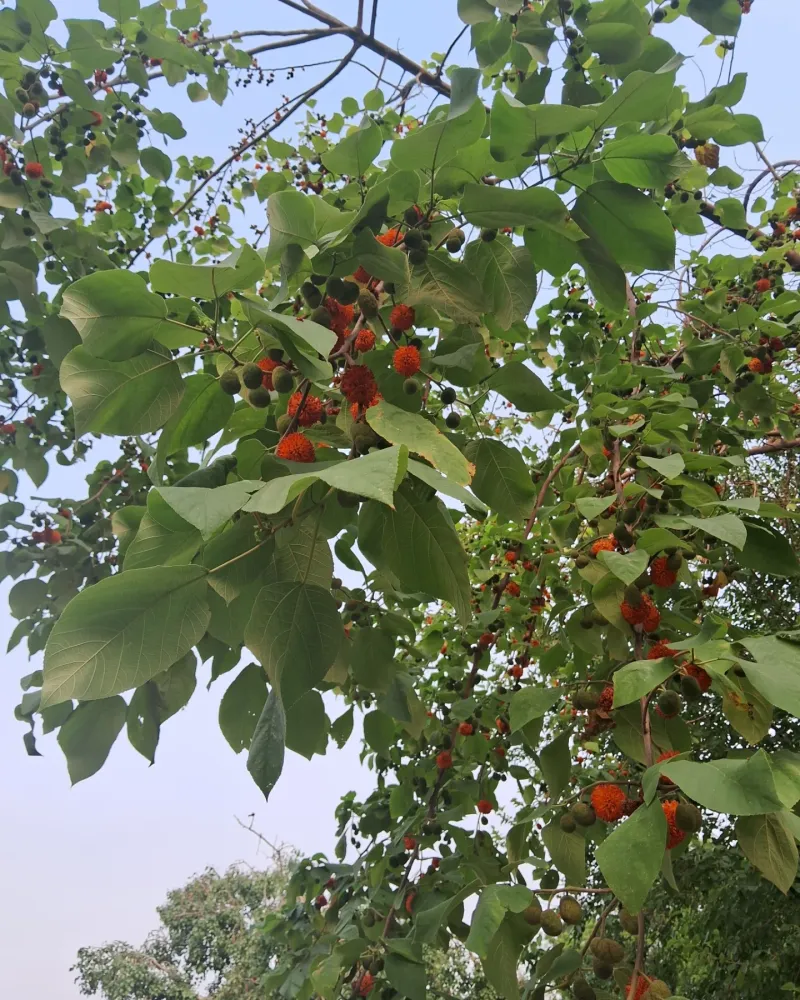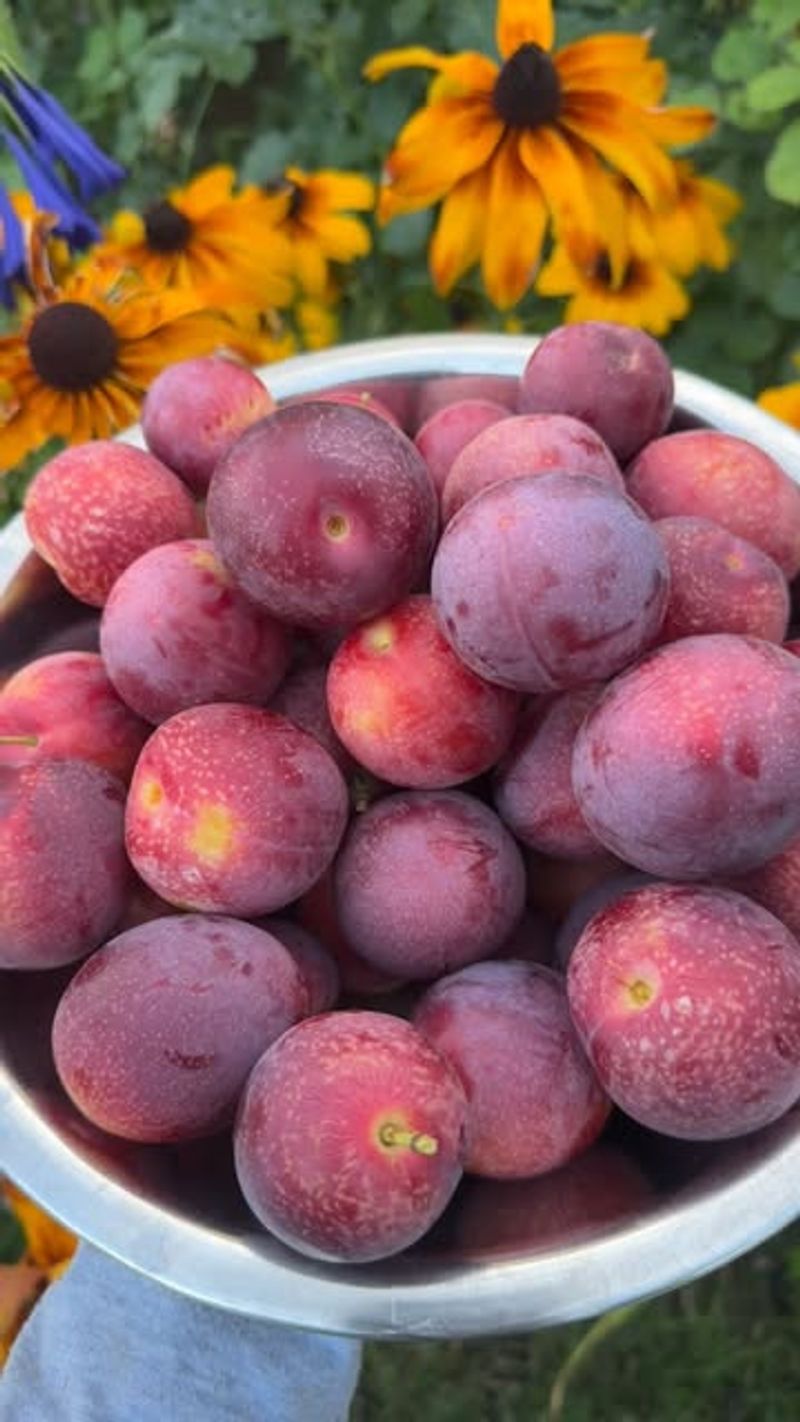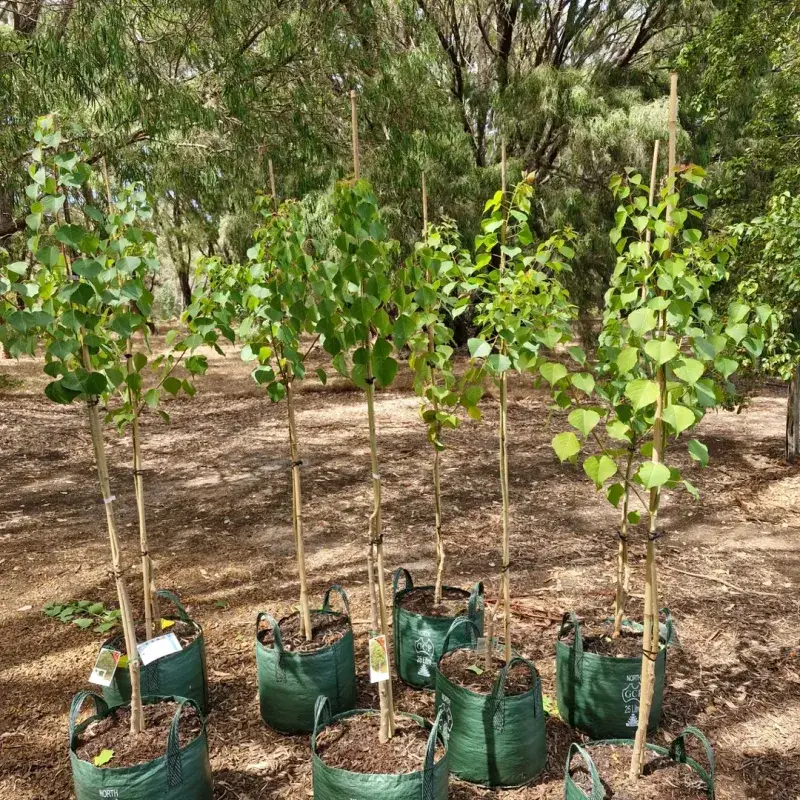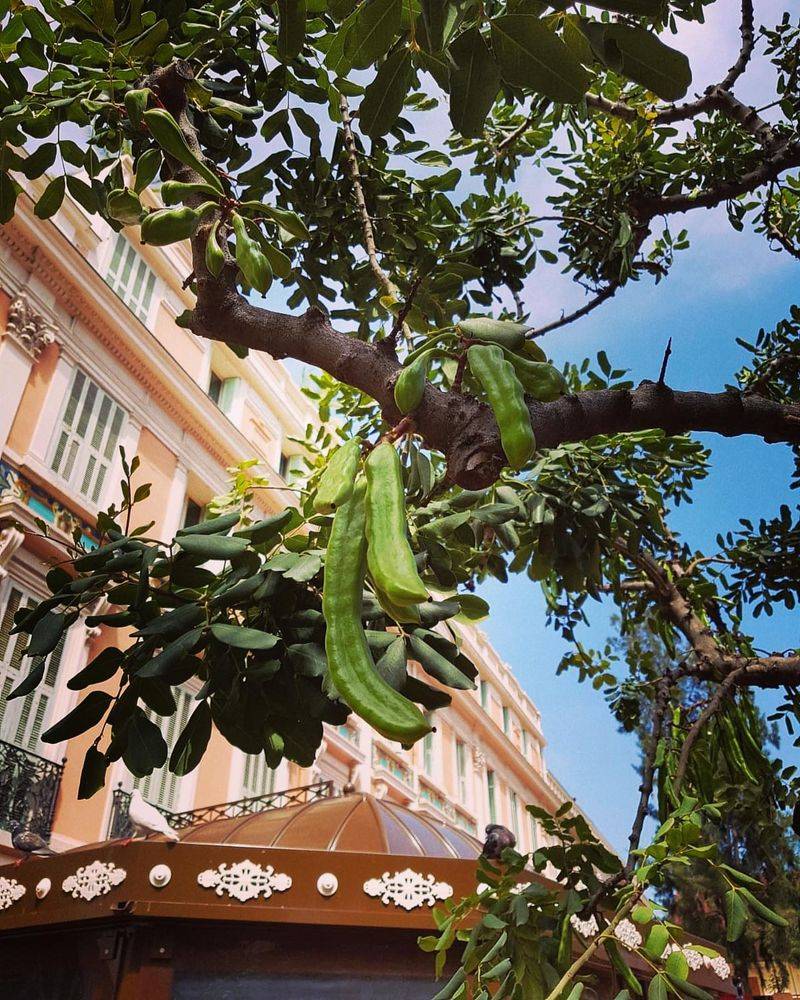Not every fruit tree is cut out for Florida’s wild weather and humidity. I’ve learned the hard way that some just can’t handle the heat, the bugs, or the storms.
They might look tempting at the nursery, but trust me, they’ll give you more headaches than harvests. Between disease issues and poor yields, a few trees just aren’t worth the trouble.
Let’s go over the fruit trees that are better left out of your Florida yard—and why they don’t make the cut!
1. Breadfruit
Cold sensitivity makes this tropical tree a risky choice in most Florida regions. Even in South Florida, occasional frost can severely damage or kill these trees overnight.
Maintaining proper size becomes challenging as they can grow massive in Florida’s conditions. The fruits also create quite a mess when they fall, attracting pests that Florida homeowners would rather avoid.
2. Avocado (certain varieties)
Not all avocado varieties are created equal when it comes to Florida’s climate. Many commercial varieties struggle with the state’s humidity and soil conditions, becoming susceptible to deadly laurel wilt disease.
Root rot frequently affects these trees in Florida’s rainy seasons. The Sunshine State’s native pests also find avocado trees particularly attractive, creating a constant battle for home growers.
3. Cherry
Sweet cherries require more chill hours than Florida’s warm climate provides. Without proper winter dormancy, these trees fail to produce fruit despite looking healthy otherwise.
Disease problems multiply rapidly in Florida’s humidity. Even the most dedicated gardeners across the state find cherry trees frustrating as they demand constant attention yet deliver disappointing results compared to their performance in cooler regions.
4. Apple (most varieties)
Traditional apple varieties need cold winters that most Florida regions simply can’t provide. Without sufficient chill hours, these trees grow poorly and produce few, if any, quality fruits.
Fire blight disease spreads quickly through apple trees in Florida’s humid environment. While a few low-chill varieties exist, most Florida gardeners find apples require too much effort for minimal reward compared to other fruit options thriving in the state.
5. Jackfruit
While jackfruit might grow in southern Florida, they become unmanageably large for typical home landscapes. The massive fruits create hazards when they drop from heights of up to 70 feet.
Cleaning up fallen jackfruits becomes a constant chore throughout Florida’s growing season. The sticky sap these trees produce stains everything it touches, causing headaches for homeowners who didn’t realize what they were getting into with this tropical giant.
6. Peach (high-chill varieties)
Standard peach varieties from northern states perform poorly in Florida’s mild winters. Without their required chill hours, these trees develop confused growing patterns and produce little fruit.
Disease pressure intensifies in Florida’s humidity, leading to short tree lifespans. While Florida has developed some low-chill varieties that perform better, many nurseries still sell unsuitable high-chill types that disappoint Florida gardeners expecting abundant harvests.
7. Chinaberry
Though it produces berries and grows easily in Florida, this invasive tree creates serious ecological problems. Birds spread the seeds everywhere, allowing chinaberry to crowd out native Florida plants rapidly.
All parts contain toxins dangerous to people and pets. Florida conservation efforts specifically target removing these trees, making them a poor choice for responsible homeowners who care about the state’s unique ecosystem.
8. Brazilian Pepper
Despite its attractive red berries, this invasive nightmare ranks among Florida’s most destructive plants. It forms impenetrable thickets that destroy native habitats throughout the state’s sensitive ecosystems.
Contact with sap causes skin reactions in many people. Florida spends millions annually fighting this invasive species, and planting one could even violate local regulations in many counties across the Sunshine State.
9. Apricot
Florida’s high humidity creates perfect conditions for fungal diseases that devastate apricot trees. The state’s mild winters fail to provide the chill hours these trees need for proper fruit development.
Even when trees survive, fruit quality disappoints compared to those grown in drier climates. Florida gardeners report that apricots require excessive spraying and maintenance while still producing subpar results, making them a frustrating choice for home orchards.
10. Camphor Tree
Though technically producing berries, this invasive tree creates major problems throughout Florida ecosystems. Its aggressive roots damage foundations, sidewalks, and plumbing when planted near homes.
All parts contain toxic compounds harmful to people and animals. Florida’s native plants struggle to compete with camphor trees, which Florida’s environmental agencies have classified as a Category I invasive species that should never be planted.
11. Pear (most varieties)
Traditional pear varieties require winter chilling that Florida’s climate rarely provides. Without proper dormancy, trees develop confused growth patterns and produce few fruits despite flowering.
Fire blight disease spreads rapidly through pear trees in Florida’s humid conditions. While some specialized varieties like Pineapple pear show better resistance, most Florida gardeners find standard pears frustrating compared to fruits better adapted to the state’s growing conditions.
12. Paper Mulberry
This fast-growing tree produces small, edible fruits but creates massive problems in Florida landscapes. Its aggressive root system damages foundations, pipes, and other structures without mercy.
Pollen causes severe allergic reactions for many Florida residents. The Sunshine State considers paper mulberry highly invasive as it spreads rapidly through both seeds and root suckers, quickly taking over natural areas and crowding out native species.
13. Plum (high-chill varieties)
Standard plum varieties from northern regions fail to receive enough winter chill in Florida. This results in poor flowering, irregular fruiting, and generally disappointing performance across most of the state.
Disease pressure intensifies in Florida’s humidity, particularly brown rot and bacterial spot. While Florida has developed some specialized low-chill plum varieties, many nurseries still sell unsuitable high-chill types that leave Florida gardeners frustrated.
14. Chinese Tallow
Despite its waxy fruits, this invasive tree creates ecological havoc throughout Florida. Birds spread the seeds extensively, allowing it to rapidly colonize natural areas and crowd out native vegetation.
The milky sap irritates skin and eyes upon contact. Florida conservation agencies actively work to remove these trees from natural areas, making them a poor choice for environmentally conscious homeowners across the Sunshine State.
15. Carob
While occasionally grown in South Florida, carob trees struggle with the state’s high humidity and periodic freezes. Fungal diseases attack these Mediterranean natives relentlessly in Florida’s climate.
The messy pods create cleanup headaches for homeowners throughout the growing season. Florida’s summer rainfall often causes fruit rot before harvest, making carob a disappointing choice compared to more climate-appropriate alternatives for most Florida gardeners.


